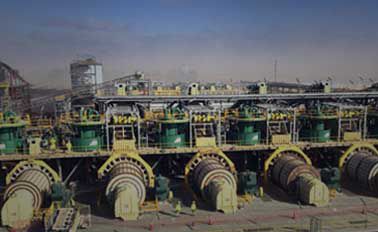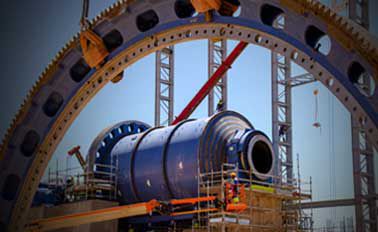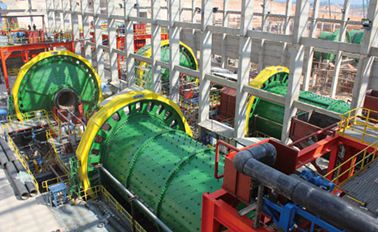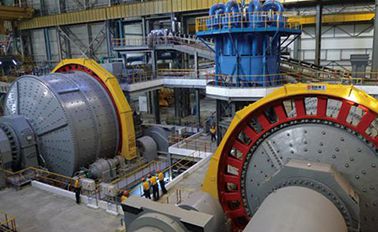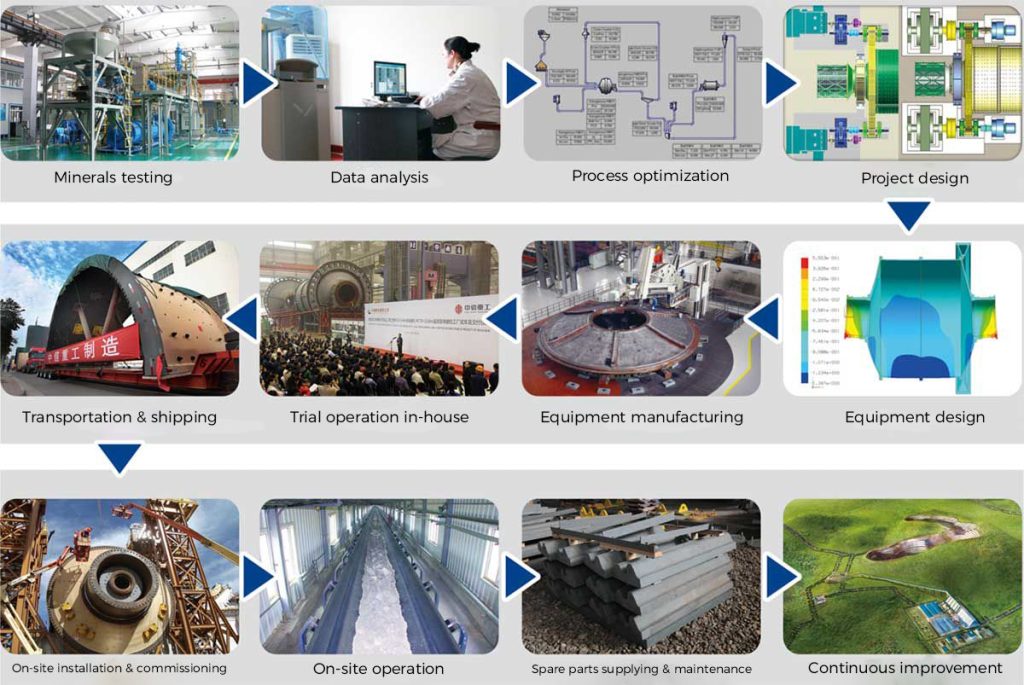1 Product Purpose and Functions
1.1 Product Purpose
The fiber optic strapdown inertial navigation system adopts a modular design, which is quick and easy to operate, with a simple and user-friendly software interface. It applies multi-source information fusion processing technology, capable of collecting and processing various external input parameters such as odometer and Beidou satellite, receiving external control instructions, and completing initial alignment and navigation calculation. It provides real-time navigation information such as carrier heading, attitude, speed, and position. It can be used in fields such as vehicle and ship positioning and orientation, underground intelligent mining, track inspection, and surveying and mapping.
1.2 Product Features
The fiber optic strapdown inertial navigation system uses fiber optic gyroscopes and quartz flexural accelerometers as the main inertial components, adopts a pure strapdown structure, reduces design complexity, and improves system usability and reliability, with excellent environmental adaptability.
The XY-INS-F-05 series of fiber optic strapdown inertial navigation systems are independently developed inertial navigation products. These series of products have the characteristics of high integration, small size, light weight, fast response speed, and strong environmental adaptability. The series has working modes such as pure inertial, inertial/odometer, and inertial/GNSS, which can provide real-time navigation information such as heading, attitude, speed, and position for various carriers in sea, land, and air.
2 Product Performance and Main Technical Indicators
2.1 Functional Requirements
- Has the functionof outputting carrier angular velocity and acceleration information;
- Has the function of outputting time information;
- Has the function of outputting carrier position information;
2.2 Technical Requirements
2.2.1 Azimuth Accuracy
Azimuth accuracy: better than 0.15° (1σ).
2.2.2 Attitude Measurement Accuracy
Roll angle measurement accuracy: better than ±0.06° (1σ); Pitch angle measurement accuracy: better than ±0.06° (1σ).
2.2.3 Horizontal Positioning Accuracy
Horizontal positioning accuracy: better than 3m.
2.2.4 Temperature Adaptability
Operating temperature: -40℃ to +55℃.
2.2.5 Power Supply Input
Steady-state power supply input: 19V to 32V DC.
2.2.6 Power Consumption
Power consumption: ≤20W.
2.2.7 Dimensions and Weight
Maximum external dimensions: 152mm (length) × 152mm (width) × 120mm (height) (tolerance ±2mm, excluding connectors); Installation dimensions: 125mm × 125mm; Weight: ≤4kg.
2.2.8 Interfaces
1 power supply and 1 communication interface, with communication interfaces being DB-1 (debugging), DB-2 (IMU), and DB-3 (GNSS), all using serial communication protocols.
3 Product Composition and Structure
3.1 Product Composition
The equipment is divided into functional modules including the chassis, platform assembly, electronic circuit board module, and power supply module. The inertial components are installed on the platform to form the platform assembly; the platform assembly is installed in the chassis; the electronic circuit board module is placed on the side of the chassis; the power supply module is placed at the bottom of the chassis. The external view of the equipment is shown in Figure 1.

Figure 1 External View
3.2 Product Structure
The main function of the chassis is to provide an installation reference for the platform assembly internally and to provide a directional reference surface and installation reference surface externally, as well as to provide physical support for the electronic circuit board module, power supply module, and other components in the device.
The chassis adopts an integrated design, effectively improving the overall structural rigidity while meeting the requirements for weight, volume, vibration, and impact, and also taking into account the requirements for environmental adaptability.
4 Product Technical Features
4.1 North-Seeking Accuracy
The north-seeking accuracy of the equipment depends on the gyro bias stability. The system has performed temperature compensation on the gyro and taken gyro shielding measures, making the gyro bias stability less than 0.03°/h, which is equivalent to the east gyro bias stability being less than 0.03°/h.
The system optimizes the filtering algorithm during the north-seeking process and reduces the gyro’s random drift coefficient to control the alignment time within 5 minutes, with north-seeking accuracy better than 0.15°.
The specific implementation of static alignment is a solidified inertial system alignment of 0.5 minutes + Kalman filter alignment of 4.5 minutes, with a total alignment time of 5 minutes.
The system uses a high-precision Beidou receiver to achieve a horizontal position accuracy better than 3m.
4.2 Environmental Protection
Measures for environmental protection: a) Sealing treatment of the chassis; b) Surface coating: The printed circuit board surface is coated with materials that are organically insulating and have good thermal conductivity; c) Metal parts are made of materials with good corrosion resistance such as cadmium, nickel, or chromium plating; d) Rational design to prevent electrochemical corrosion caused by contact between different metals; e) The chassis base and inertial sensitive components are physically separated, allowing for separate observation and repair or replacement; f) Selecting waterproof components (such as waterproof switches, waterproof fuses, etc.) to replace the original components, and adding sealing gaskets to all external interfaces to improve the equipment’s water and gas tightness.
4.3 Shock and Vibration Resistance
The mechanical structure design adopts stress analysis, modal analysis, and other technologies to ensure that the equipment can adapt to shock and vibration environments from a design perspective; the internal connection wires of the equipment are effectively fixed with wire clips to avoid unreliable connections due to suspension and swinging during shock and vibration; the connection uses spring washers with tight screws or screw lock adhesive to ensure that the equipment can work reliably under working conditions with large shocks and vibrations.
5 Product Supporting and Interconnection Interface Relationships
5.1 Equipment Electrical Interfaces
The power supply, RF, and data communication of the fiber optic inertial navigation system use four connector interfaces, with the functions and connections of the connectors shown in Table 1 and Table 2 below.
Table 1 Connector Socket Model
| Serial No. | Interface Name | Function | Remarks |
| X1 | Power Supply | 24V Input | Power Input |
| X2 | RF (Main) | TNC | Main RF Input |
| X3 | RF (Auxiliary) | TNC | Auxiliary RF Input |
| X4 | Communication Interface | DB-1, DB9-2, DB9-3 | Communication Input and Output |
Table 2 Communication Interface Definition
| Pin Number | Definition |
| DB9-1 | Debug Information |
| DB9-2 | IMU Information |
| DB9-3 | GNSS Information |
5.2 Equipment Software Interface
Communication interface: DB9-2, RS232 serial port, 115200bps Output frequency: 200Hz
5.3 GNSS Communication Interface
Communication interface: DB9-3, RS232 serial port, 115200bps
6 Precautions for Installation and Use of the Product
6.1 Installation Precautions
- a) The flatness of the installation surface ≤0.1mm;
- b) The flatness of the installed reference plane ≤0.02mm, and the perpendicularity to the installation plane ≤0.02mm;
- c) Sufficient installation space should be left on the side of the electrical interface socket, and cables must not be squeezed or bent with a small radius. Use a screwdriver to install the inertial navigation system on the designated position with 4 M6 screws (including spring washers and flat washers), ensuring that the directional reference surface is tightly against the carrier’s reference plane during the installation process.
6.2 Usage Precautions
Precautions for using the product:
- a) Preparation before use: Confirm that the host, cables, etc., are complete, and confirm that all cables and wires are correctly connected;
- b) After the equipment is powered on, it is necessary to confirm that the equipment has been installed in the correct position coordinates to ensure the accuracy of the alignment results.


